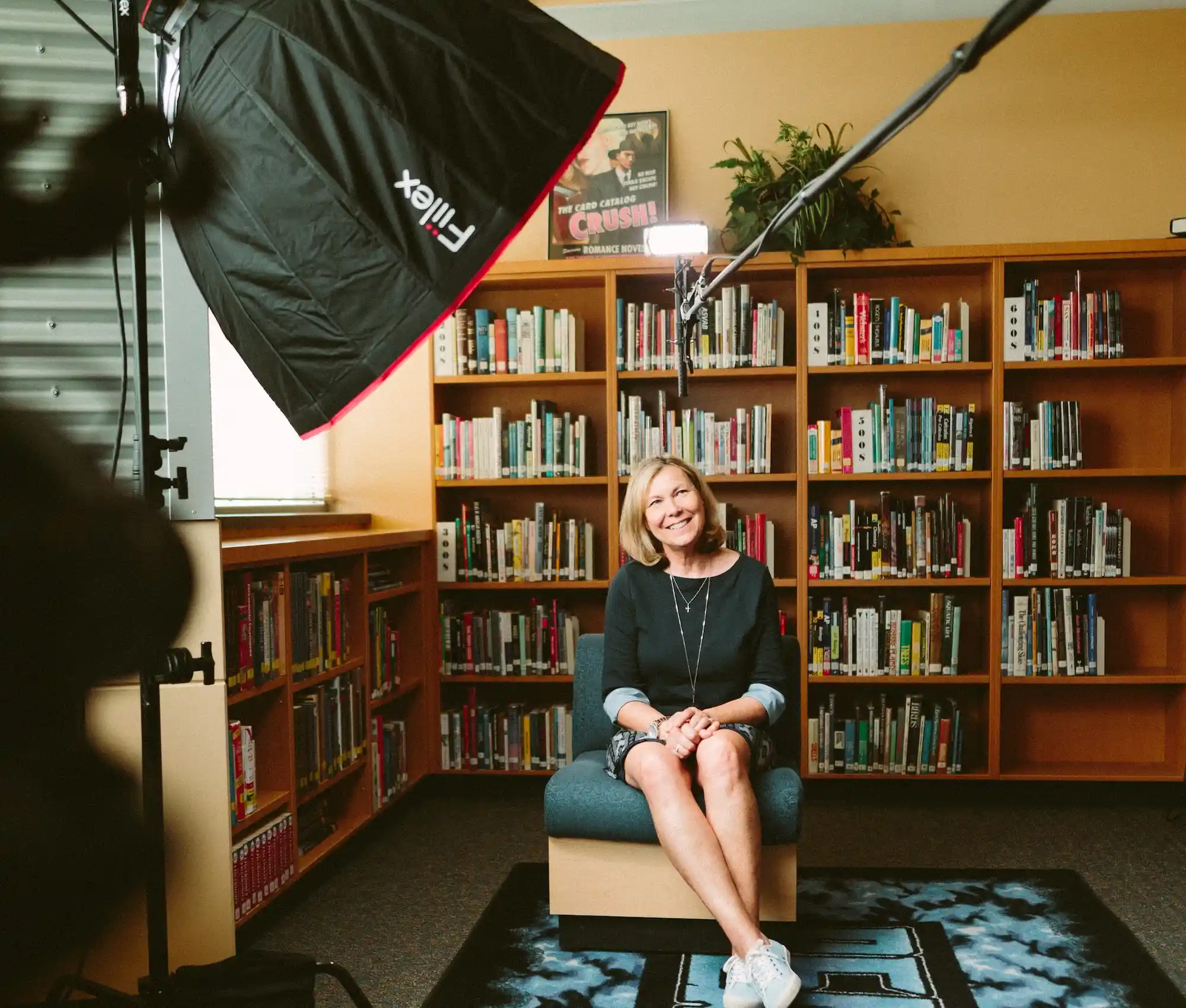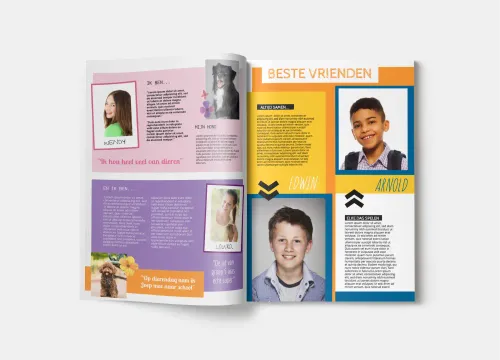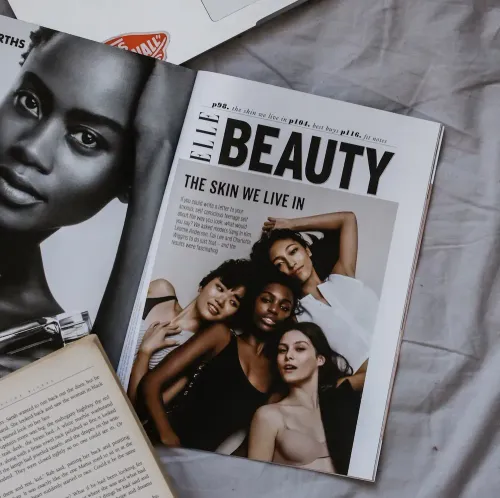How to do a magazine interview
An interview in a magazine? That's always exciting. Whether you're interviewing the bride and groom's best friends for a wedding magazine, asking their siblings for a birthday magazine or pestering their fifth-grade teacher with questions for a high school graduation magazine - an interview is great for a magazine. Here you and your readers get first-hand information.
Preparation
Every professional interviewer goes into the interview prepared. So make notes beforehand on the things you really want to ask or talk about. Think about a few good questions rather than too many questions whose answers won't interest your readers. Formulate questions whose answers the readers and especially the recipient (probably) don't know. As a guideline, we recommend that you include no more than ten questions in the interview. Make an appointment for your interview. If one of you is looking at the clock all the time because you have another appointment, this is not a relaxed interview situation. It's best to take some time, but no longer than an hour. Then your concentration will wane. The interview can either take place in a traditional face-to-face meeting, but it can also be done on the phone, via Skype, Zoom, Jitsi and even by e-mail, i.e. in writing. If you meet in person, make sure you choose a quiet place. It should not be too loud, too noisy or distracting.
Material
- Notes with your questions
- A recorder or your smartphone with a recording function
- A good camera to take photos
- A drink and/or snack to lighten the mood.
The interview
After the friendly greeting, it's straight away. Inform the interviewee that you are recording the interview and ask the first question. Tip: Always keep in mind that it is a conversation and not an interrogation. Feel free to ask if you want to know something more. Sometimes the person you are talking to can tell you so much that it is a good idea to ask him or her to slow down in a friendly way. If you receive a lot of information, it is a good idea to briefly summarise the course of the conversation to make sure you have understood everything correctly. Sometimes new information comes to light in the process. And most importantly: The interview time is over, but you didn't ask all the questions? Maybe instead you got exciting answers to questions you would never have thought of. If there is a question you really want to ask, ask your interviewer if they have enough time. Don't forget to take a few photos of your interview partner. A good portrait, for example, is nice. You can use it later to complement your article. If the interview does not take place in a face-to-face meeting, you can also ask the interviewee for a photo, which you can then use for the magazine.
Follow-up
After the interview, you decide in which form you want to publish it in the magazine: either embedded in a formulated text or as a classic question-and-answer interview. For the second option, it is advisable to transcribe the interview, which means typing everything word for word. Be careful: this is a lot of work. The simpler option is to listen to the interview several times, write a nice text about it and write out the passages from what you heard that you want to quote verbatim because you find them particularly important. You can either simply place these special quotations in the text in inverted commas and also place them between two paragraphs of text, large and in a nice font. This way, the most important statements catch the eye when you flip through the magazine and make you curious to read the whole interview.



